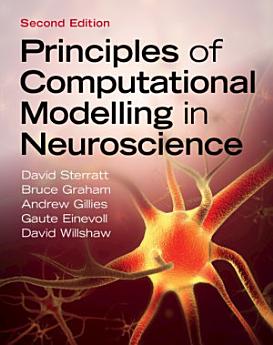Principles of Computational Modelling in Neuroscience: Edition 2
Tungkol sa ebook na ito
Tungkol sa may-akda
Bruce Graham is Emeritus Professor in Computing Science in the Faculty of Natural Sciences at the University of Stirling. He has been a researcher in computational neuroscience for more than 30 years and has served as a board member of the Organisation of Computational Neurosciences.
Andrew Gillies is Chief Technology Officer of Grid Software at GE Vernova. He has been actively involved in computational neuroscience research and his simulation model of the subthalamic nucleus projection neuron is recognised as a standard. He he has taught neuroscience modelling at Master's and Ph.D. level.
Gaute Einevoll is Professor of Physics at the Norwegian University of Life Sciences and the University of Oslo, working on modelling of nerve cells, networks of nerve cells, brain tissue, brain signals and development of neuroinformatics software tools, including LFPy.
David Willshaw is Emeritus Professor of Computational Neurobiology in the Institute for Adaptive and Neural Computation at the University of Edinburgh, where he led the innovative doctoral training programme in neuroinformatics and computational neuroscience. With over 40 years' research experience, he has received several awards including, most recently, the Braitenberg Award in Computational Neuroscience.





